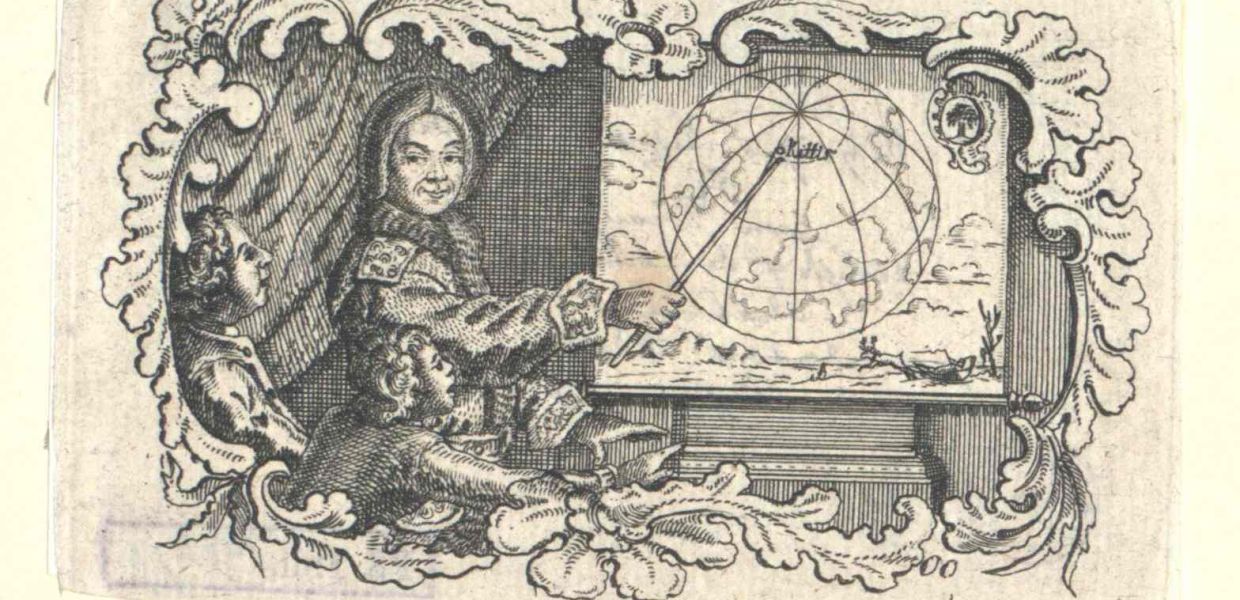Charting trends in digitisation of heritage collections: read the ENUMERATE Survey results
Find out some of the key findings of this large scale research about digitisation in Europe conducted last summer.

- Title:
- Pierre Louis de Maupertuis
- Institution:
- Austrian Public Library
- Copyright:
- Public Domain
By Annemieke Arendsen, Communications Officer at DEN Kennisinstituut Digitale Cultuur
In the summer of 2017, almost 1,000 European museums, libraries, archives and other heritage institutions filled out the fourth ENUMERATE survey to help us chart current trends in digitisation of European heritage collections. The ENUMERATE project started off in 2009 as NUMERIC, and grew into a series of biennial research efforts. Last year, the survey, which was organised under the umbrella of Europeana DSI-2, was published in twelve languages, and received response from 28 European countries. You can now access the results in the report ‘Access to Digital Resources of European Heritage.’
2017 insights and conclusions
One of the most notable results is the increase in the number of institutions that have a digital strategy: 42% versus 34% in the previous survey conducted in 2015. In 2017, 82% of the respondents have a collection available digitally. Most institutions curate a mix of heritage materials, including text based resources such as letters and books, but also 3D material. On average, 22% of the heritage collections have been digitised.
Special thanks to the volunteers!
In order to conduct such large-scale researches on digitisation in Europe, international cooperation is needed. To do so, each country in which the survey was distributed had a national coordinator providing the questionnaire to as many heritage institutions as possible. These volunteers had a very important role in the process: without their help, conducting the survey wouldn’t have been possible!

What is next?
Overall, the results of the fourth ENUMERATE core survey are in line with the findings of the previous ones. This makes us wonder if the timing between the surveys is right. One of the recommendations of the ENUMERATE team is to discuss conducting the survey every four to five years. We are also thinking of changing the way we investigate heritage to focus more on the impact heritage has on the general public. What does heritage mean to people in their daily lives? Europeana is already working on a framework to answer this question, with the recent Impact playbook. Including this topic in future ENUMERATE surveys will be an interesting challenge for us too.
You can read the complete European ENUMERATE-report, and also dig into the results specific to the Netherlands (in Dutch).
